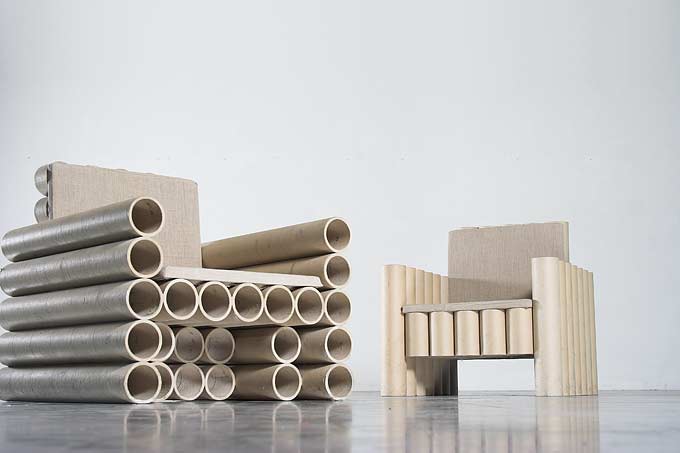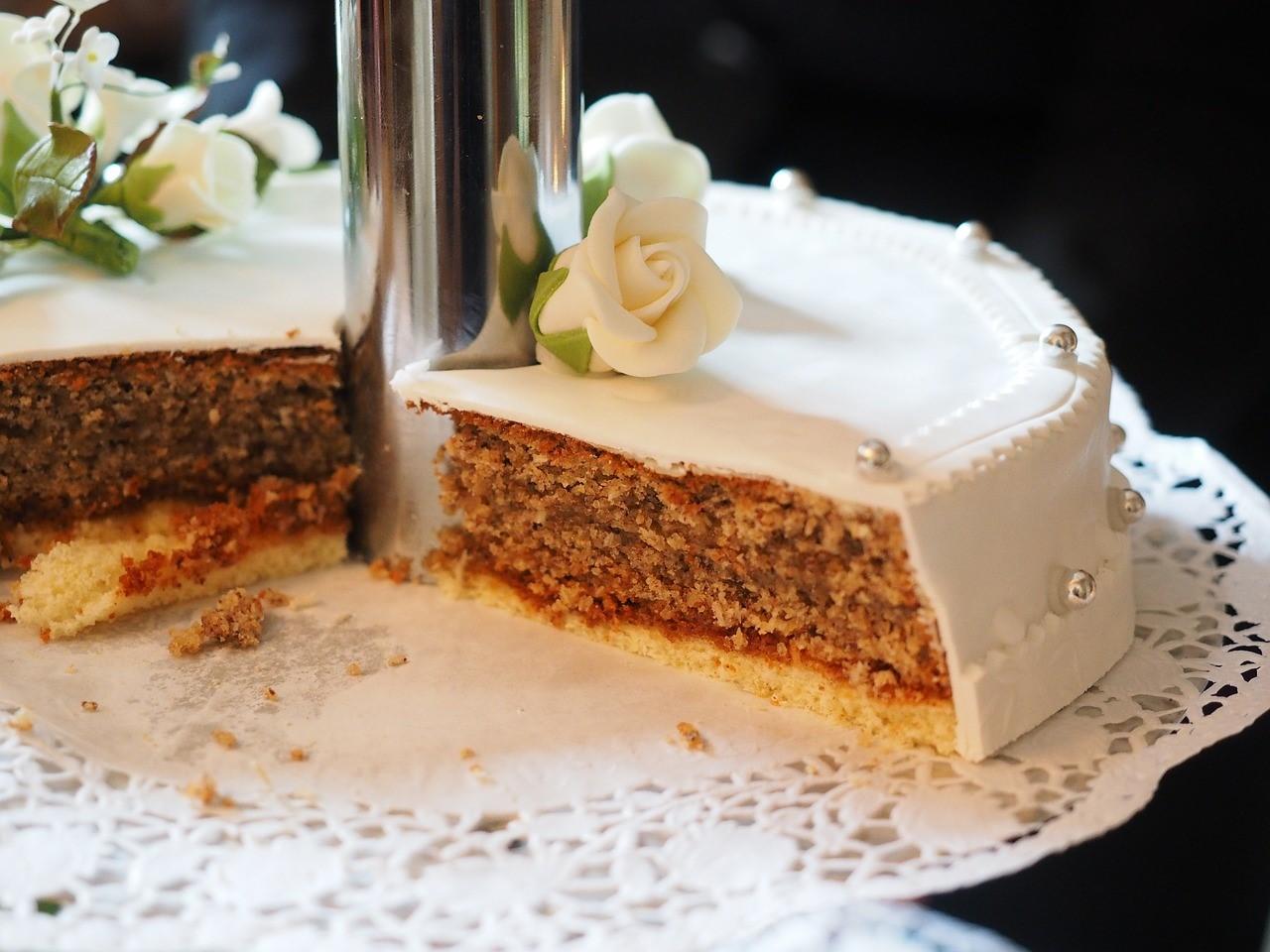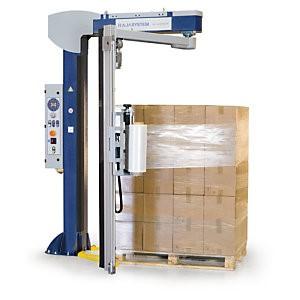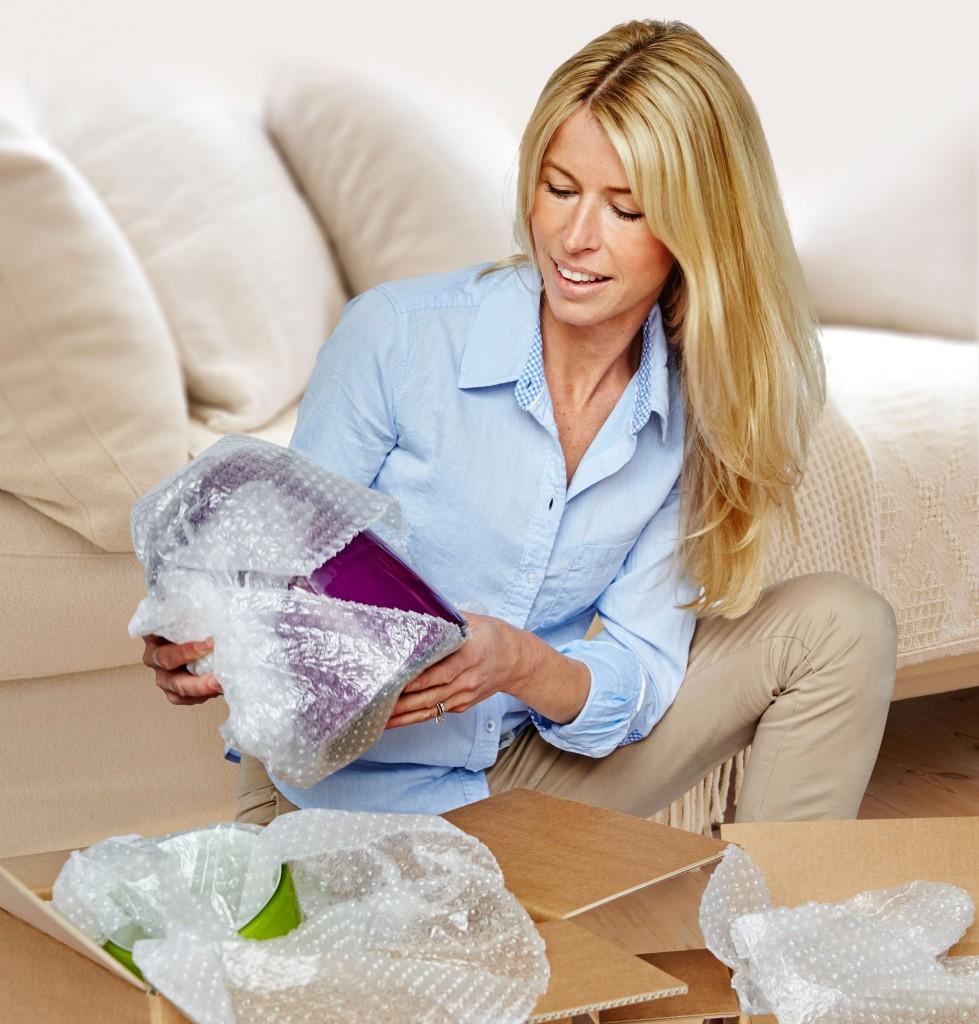One of the more famous aspects of bubble wrap are the stress-relieving, fun qualities of the poppable bubble. That could soon be about to change as the inventors of the popular protective packaging material, Sealed Air, have announced the release of an unpoppable version, dubbed ‘iBubble’.
How is it ‘unpoppable’?
The ‘pop’ on standard wrap occurs when there is a high build-up of pressure in the individual bubbles. This new form of unpoppable wrap, which will be delivered deflated, sees the individual bubbles become joined up strips. With these new strips, any pressure put on the wrap will just move the air to a different part of the sheet rather than forcing it out of the material.
This infographic from the Wall Street Journal shows the new shape of these unpoppable bubbles:
Why is there a need for unpoppable bubble wrap?
Many people, especially on social media, have questioned this new approach, pointing out that Sealed Air are eliminating one of the product’s biggest selling points; the fun in popping. But for large volume distribution operations there are a number of advantages from switching to this new product. So why has iBubble been created? :
1. It’s easier to transport
The original reason for changing the format of the popular packaging material, doesn’t have anything to do with actually making the bubbles unpoppable; that is merely a by-product. The change was brought about to enable the manufacturers and users of the product to save time, money and man hours on delivery. Poppable Bubble Wrap needs to be rolled into giant ‘haystack-shaped’ rolls in order to be transported. These can take up space in transit which limits the amount of wrap that can be transported in one go.
iBubble is delivered deflated and therefore takes up far less room. In fact, according to the Wall Street Journal, it will take up 1/15 of space that the standard form does in transit. The customer then uses a special Sealed Air machine to inflate the product on site, when needed.
2. Competition from other cost-effective void fill products
The introduction of global-scale online retailers such as Amazon and eBay has led to a surge in demand for protective packaging products. More and more viable alternatives, such as liquid foam, have been created in order to meet the demands of different products. Bubble wrap has lost some of its dominance in the market and it is no longer Sealed Air’s bestselling product. This is partly down to cost of delivery; companies shipping products can get more protective packaging for their ‘pound’ from other materials.
3. iBubble is more environmentally-friendly
Bubble wrap’s ability to protect products is significantly diminished when the bubbles burst. Therefore if, like many consumers do, the recipient of the product decides to pop the bubbles, the wrap can’t be used again. Aside from the environmental benefits of shipping a more compact product, the “unpoppable” nature of the wrap makes reuse more likely. Reusing iBubble could be good for the environment as it reduces energy costs associated with manufacturing and transportation.
4. iBubble can be custom designed
As the product is pre-formed on a reel, it gives customers opportunity to create bespoke bubble patterns. This means the wrap can be customised to better fit the shape of the product it’s protecting.
Does this signal the end for the poppable bubble?
With advantages to both the environment and costs to retailers, unpoppable wrap is no doubt going to become a major player in the packaging industry. This has led some to question where the future lies for the standard form.
Bubble wrap is set to maintain its position as an extremely popular form of packaging and here’s the reasons why:
- It is still a secure and cost effective way to protect products
The introduction of this new generation of product will not suddenly make standard wrap obsolete – it is still a cost effective, secure and versatile way of ensuring that products arrive at their destination in ideal condition.
- Environmentally friendly Bubble Wrap is already available
Forms of environmentally friendly wrap continue to be developed and are becoming more readily available. This includes a biodegradable form which disintegrates naturally after use and is easier to dispose of in a way that is safer for the environment.
- It is popular with consumers
As well as its protective qualities, retailers should remember that bubble wrap is popular with consumers for fun and stress relieving purposes. People can have fun with this packaging, and can also re-use it to protect other products easily; one on the reasons it remains one of the most popular packaging materials round the world.
What will be the potential impact on businesses and the packaging market?
In an interview with USA Today, Sealed Air spokesman Ken Aurichio said:
“Because the product ships flat to customers, it takes up less space than traditional bubble wrap in trucks and the result is more sustainable shipping. It will not replace traditional bubble wrap as there will still be a consumer, retail and business market”
Sealed Air still seem to appreciate the value of the consumer market for traditional bubble wrap, but the launch of new iBubble Wrap is an attempt to make the future of the material more sustainable.
We asked our very own head of product marketing, Brian Davis, what impact he thought iBubble would have on the packaging industry:
”Whilst bubble film remains the most popular method for protecting products in transit packaging, it remains a hindrance with so much space taken by the air within it. Having the ability to inflate bubble rolls as needed reduces the space required to store, the costs of shipping and allows customer to produce on demand. Because its unpoppable, less bubble is required, so double layering to cope with multiple impacts is not needed.”
Bubble wrap is a product that continues to develop in order to suit budgets and requirements across the packaging market. Even before iBubble was created, customers could choose between different strengths and qualities of wrap.
Co-extruded bubble wrap for example, is manufactured to incorporate a strong nylon barrier through the centre of the bubble cell material, offering a stronger and more lasting option than mono-bubble films.
The question remains as to whether losing the ‘pop’ in bubble wrap will allow it to compete with other protective packaging and void fill in the market. For large volume users, there are definitely some advantages to using iBubble. But one thing is for sure, the presence of bubble looks like it will be part of your packaging deliveries for some time to come.
(Picture Credit: Chrysti)




















